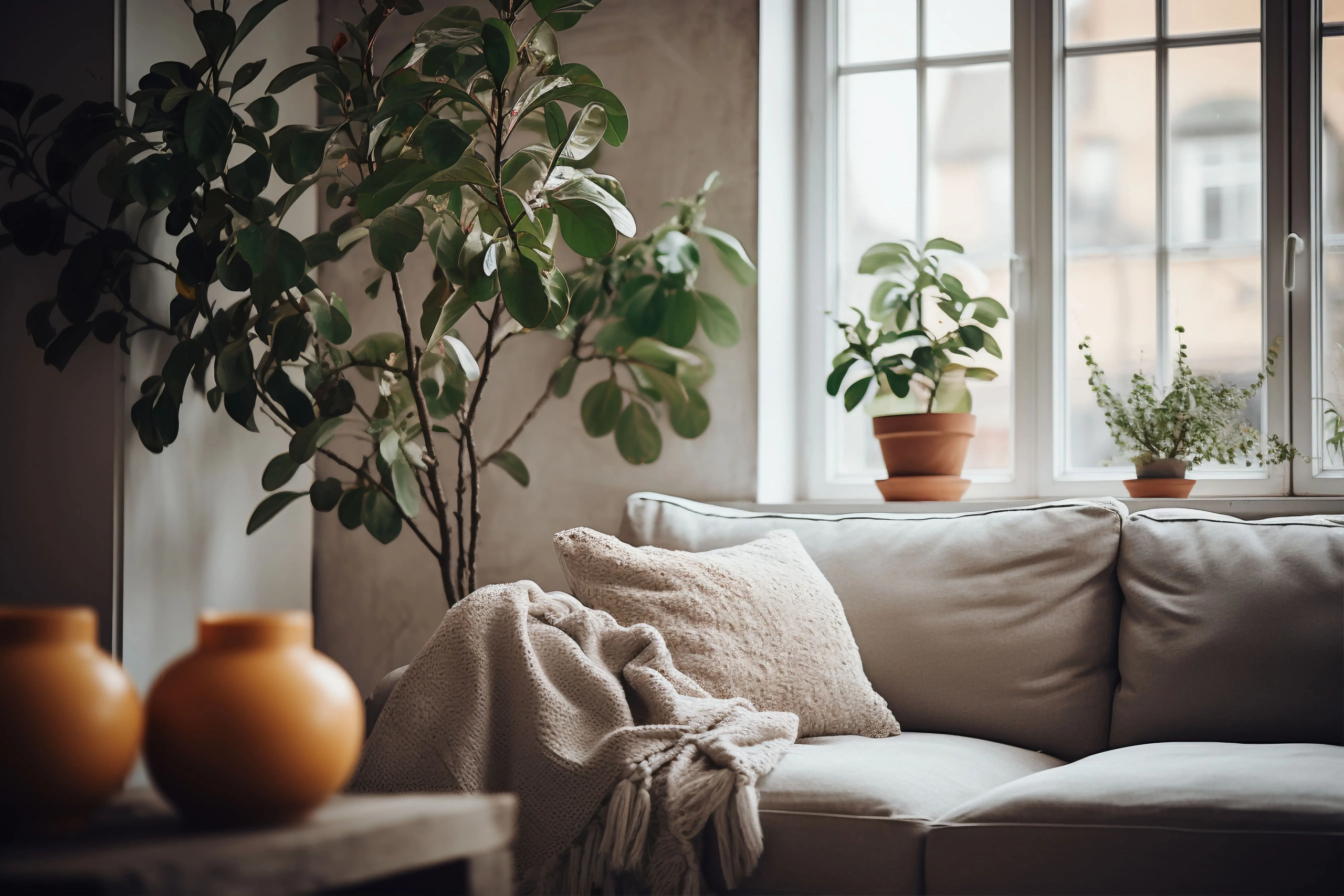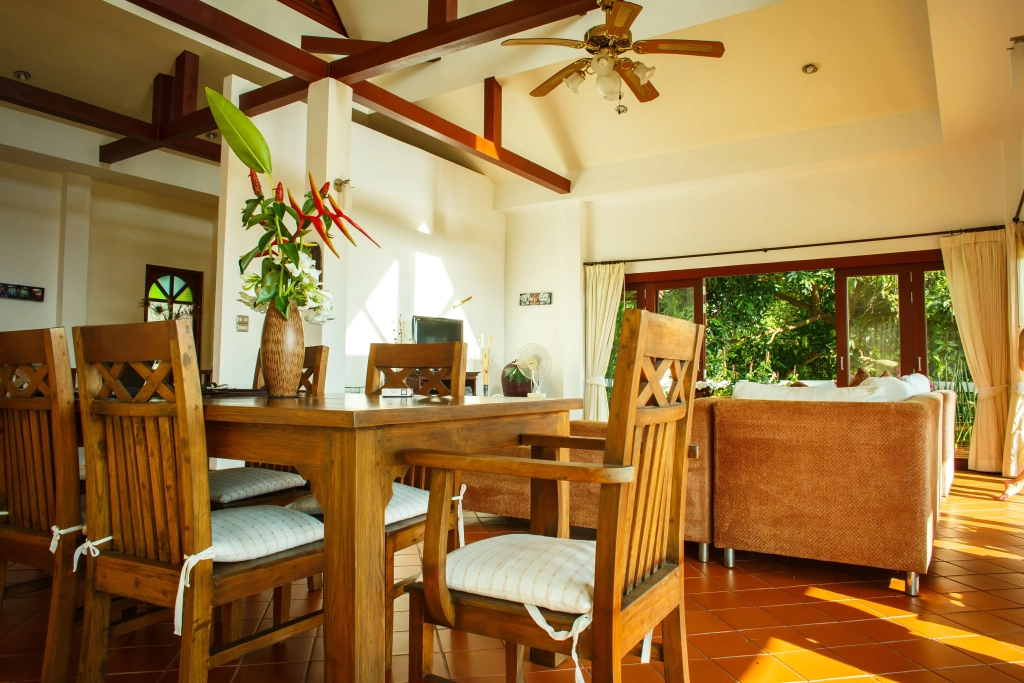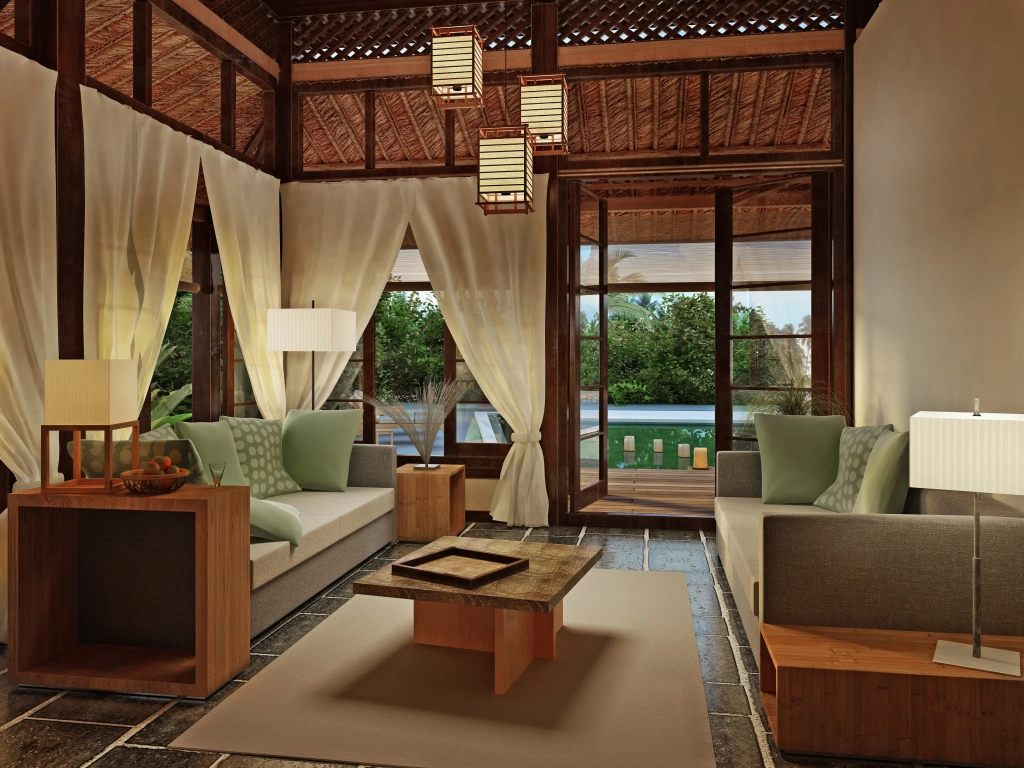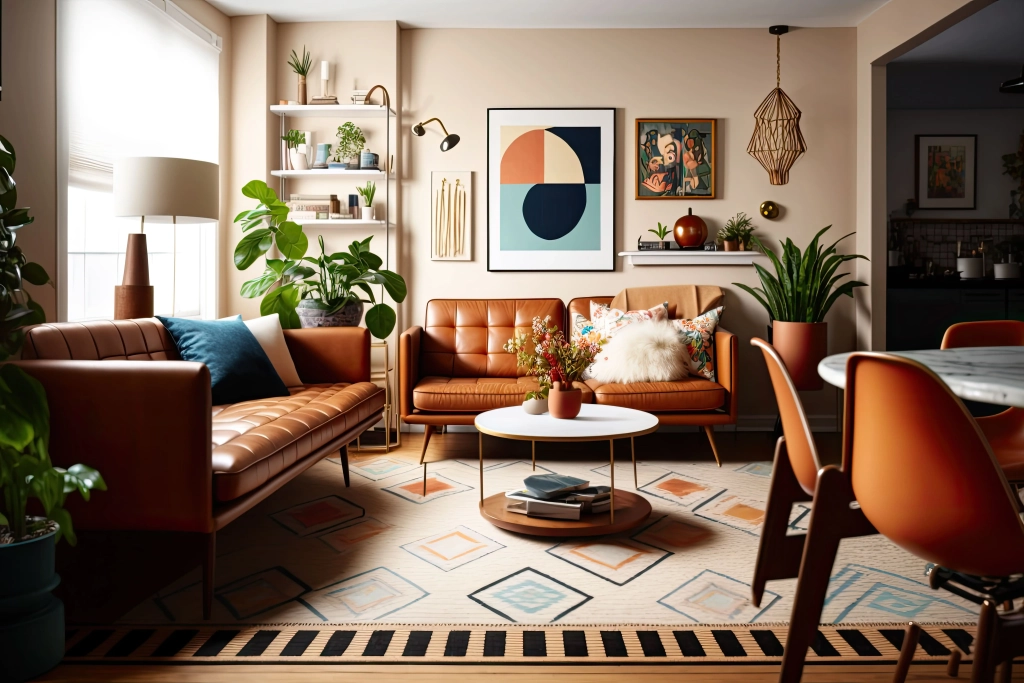Achieving Harmony: Balancing Aesthetics and Functionality in Home Design

The Philippine archipelago, rich in cultural heritage and diverse influences, has birthed a unique approach to home design. This approach not only addresses the functional needs of a tropical lifestyle but also the aesthetic aspirations of its people. In the realm of Philippine home design, the line between practicality and beauty is blurred, giving rise to spaces that are both functional and visually pleasing. In this comprehensive exploration, we delve into the captivating world of Philippine home design, where aesthetics and functionality unite in perfect harmony.
RELATED: Guide for Homeowners: Revamping Your Property for Airbnb
The Essence of Philippine Home Design
The essence of Philippine home design lies in its ability to weave together aesthetics and functionality in a seamless manner. The traditional Bahay Kubo, for instance, is a quintessential example of this harmony.
Despite its simple structure, the Bahay Kubo is beautifully designed to withstand the tropical climate, with raised platforms for flood protection and ventilated walls for cooling. Similarly, contemporary Philippine homes, while being more technologically advanced and stylized, continue to exhibit this balance, making Philippine home design a dynamic fusion of beauty and practicality.
Understanding the Balance Between Aesthetics and Functionality
Striking a balance between aesthetics and functionality can be a challenging task, especially when dealing with space constraints and varied lifestyle needs. However, Philippine home design manages this with aplomb.
This understanding of balance is deeply rooted in the Filipino ethos, which values practical solutions without compromising on beauty or style. As a result, every architectural element, every piece of furniture, every color, and texture chosen contributes to both the aesthetic appeal and functional efficiency of the space.

Functionality in Philippine Home Design: More Than Meets the Eye
The principle of functionality in Philippine home design isn’t merely about providing shelter—it extends to creating a space that resonates with the occupants’ lifestyle and the local climate. High ceilings, for example, aren’t just an architectural feature; they’re a necessity in a hot and humid tropical climate to promote air circulation.
Similarly, an open layout isn’t just an aesthetic preference; it’s a reflection of the Filipino value of ‘Bayanihan,’ emphasizing community and togetherness.
The Aesthetic Side of the Coin: Beauty in Utility
In Philippine home design, aesthetics aren’t an afterthought—they’re an integral part of the design process.
Here, functionality doesn’t come at the cost of beauty. Instead, functional elements are often crafted to double as aesthetic focal points. A wooden staircase, for instance, isn’t merely a means to traverse floors; it’s also a canvas for intricate carvings, transforming a functional necessity into an artistic statement.

Traditional Influences and Modern Innovations
The blend of traditional influences and modern innovations is another facet of the harmony achieved in Philippine home design. This is especially evident in the way traditional building techniques are adapted to accommodate modern aesthetics and technology.
For instance, the stilt-house concept of traditional Bahay Kubo has been incorporated into modern designs to create homes that are flood-resistant, while providing additional functional space or aesthetic appeal.
Incorporating Nature in Philippine Home Design
The integration of nature into Philippine home design further epitomizes the harmony between aesthetics and functionality.
Homes often feature open layouts, large windows, or courtyards that allow natural light to flood interiors, simultaneously reducing energy consumption and providing calming views. The use of local, natural materials not only supports sustainability but also adds a unique aesthetic appeal to the homes.
Functionality for the Future: Sustainable Philippine Home Design
As the world grapples with environmental issues, Philippine home design is taking strides toward sustainability. The focus on eco-friendly materials, energy-saving designs, and a reduced environmental footprint reflects a future-oriented approach to functionality. It’s about creating homes that not only serve the current occupants but also respect future generations and the planet.

Appreciating the Aesthetic Diversity in Philippine Home Design
The aesthetic diversity in Philippine home design is a visual treat, reflecting the country’s rich cultural tapestry and evolving aspirations. From rustic country homes that capture the rural charm to sleek city apartments that echo urban sophistication, Philippine home design offers a spectrum of styles. However, beneath the aesthetic diversity, the core principle remains constant: a harmonious balance between aesthetics and functionality.
Achieving harmony between aesthetics and functionality in Philippine home design is an art and science. It’s an ongoing dialogue between cultural traditions, personal preferences, modern trends, and functional needs.
As we journey into the future, the narrative of Philippine home design continues to evolve, unearthing new ways to intertwine beauty and utility, tradition and innovation, nature and architecture, and past and future.
FAQ’s
How does achieving harmony between aesthetics and functionality benefit Philippine home design?
The harmonious balance ensures that Philippine homes cater to the practical needs of daily living while also providing an aesthetically pleasing environment that enhances the quality of life and reflects personal style and cultural identity.
How does the Philippine climate influence home design?
The tropical climate heavily influences Philippine home design. Features like high ceilings, ventilated walls, and open layouts are common, helping to keep homes cool and promote natural airflow.
In what ways is Philippine home design evolving in terms of aesthetics and functionality?
Philippine home design is evolving through the integration of modern design trends, use of sustainable materials, and the implementation of advanced technology. This evolution, however, remains rooted in traditional principles and cultural influences.
What role does nature play in Philippine home design?
Nature plays a crucial role in Philippine home design. The use of natural materials, design elements that embrace natural light and views, and sustainable design principles reflect a deep respect and connection with nature.
How does sustainability contribute to the functionality of Philippine homes?
Sustainability enhances functionality by creating homes that are energy-efficient, environmentally friendly, and healthier to live in. It also ensures that homes are designed with future generations and the planet’s health in mind.
What factors contribute to the diversity of aesthetic styles in Philippine home design?
The diversity in Philippine home design is influenced by a multitude of factors, including regional cultural variations, socioeconomic differences, personal preferences, and evolving global trends.
Read more here: AllProperties Latest Blogs




